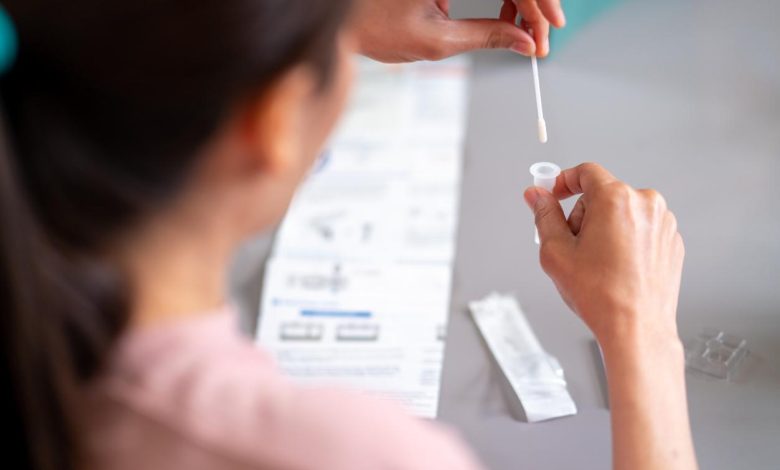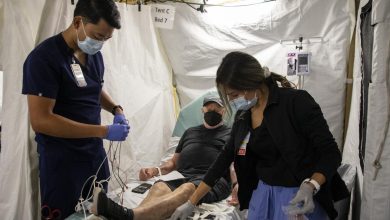US COVID-19 activity rising steadily

The US Centers for Disease Control and Prevention (CDC) reported that while respiratory illness viruses overall are at low levels, there are many regions in the country that are seeing a steady rise in COVID-19 activity. This increase has been observed after a period of very low levels of the virus.
The CDC use test positivity, emergency department (ED) visits, and hospitalizations as primary indicators to assess virus activity. These indicators are currently increasing, particularly among the elderly population and predominantly in western states.
Recently, the New York City Department of Health and Mental Hygiene announced that there has been a rise in COVID-19 infections inside the city. As a precautionary measure, they strongly advise everyone, particularly elders and those with pre-existing medical issues, to contemplate wearing masks in busy indoor environments.
Last week, the proportion of emergency department visits for COVID-19, which is considered a leading indication, increased by 23.5% compared to the previous week. Levels were higher in the West and the South than in the rest of the country.
Concurrently, the national test positivity rate experienced a little increase, reaching 11%. However, the levels were greater in the Western and Southern regions.
Wastewater detections at high levels
The CDC update this week indicates that the identification of SARS-CoV-2 in wastewater, which is considered an early signal, has increased significantly from a low level to a high level.
The levels in the Western region are currently at their maximum point, but it seems that they are stabilizing and not increasing further. The Southern region is likewise witnessing a significant increase in detections, while the Midwest and Northeast regions are experiencing smaller increases.
The dashboard of WastewaterSCAN, a nationwide wastewater monitoring system developed by Stanford University in collaboration with Emory University, indicates a significant presence of SARS-CoV-2, particularly in the Western, Southern, and Eastern regions. Moreover, there has been a consistent increase in detections over the last 21 days.
KP.3 proportions grow
The CDC’s most recent variation update, published on July 6, states that the percentage of KP.3 detections has increased from 31.3% to 36.9% during the two-week monitoring period. KP.3 is a variant of JN.1 that has undergone genetic changes, enabling it to more effectively avoid the immune response triggered by previous infection or immunization.
Another variant that expanded its proportion is LB.1, up slightly, from 13.0% to 14.9%.




